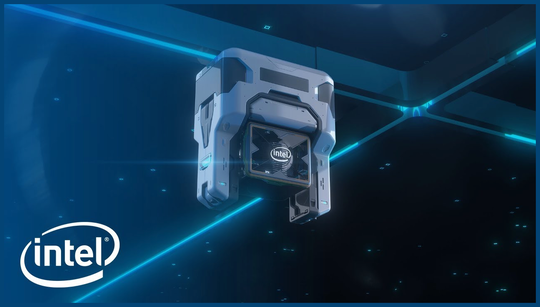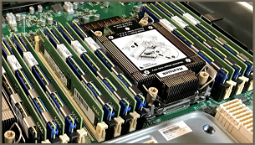Intel 16: A New Process Technology
I am always excited to see Intel launch new process technologies. As a company, it consistently pushes the envelope with its foundry offerings, and the latest addition to its portfolio is no different. Intel 16 is a brand-new, low-cost FinFET-based node that’ll complement its existing 22nm FFL process.
We all know that the most powerful processors, like AMD’s Instinct MI300 and Nvidia’s H100, often get the most attention, but there’s no denying that the smaller chips in industries like artificial intelligence and high-performance computing also pack a lot of power. What’s more, mature and emerging applications still benefit from FinFET-based production technologies, and that’s where Intel 16 comes in.
“We are excited to introduce Intel 16, a new process technology that brings the benefits of FinFET to a broader range of markets and applications,” says Frank Stroh, vice president of technology development at IFS. “The new process technology enables customers to deliver smaller, faster, and more power-efficient chips, while also reducing total cost of ownership.”
Leading Providers on Board
The foundry already has a number of leading providers of electronic design automation (EDA) and IP on board, including Ansys, Cadence, and Synopsys. All three offer their respective design tools and IP blocks that support Intel 16, with Cadence notably having ported various IP blocks, such as PCIe 5.0 and multi-protocol PHYs.
In fact, Cadence has been so bullish about the new process technology that it has already integrated the aforementioned PCIe 5.0 IP onto the process. It’s also ported several other IP blocks, including its Comet 2.1 IP, which is a high-performance, multi-standard, multi-mode LTE-Advanced Pro Cat-1 UE for mobile.
Synopsys, meanwhile, is touting its AI-enabled Synopsys.ai tools, which the company says will help you implement a chip faster. With that said, if you’re a fabless chip developer, you can now take advantage of design, verification, and simulation tools for your Intel 16-based designs.
What is Intel 16?
Of course, the big question is, what exactly is Intel 16? Well, it’s a 16nm process technology that, according to IFS, “builds on the advantages of the existing 22nm FFL process technology, enabling customers to deliver smaller, faster, more power-efficient chips”.
The company says that it offers “higher transistor density, improved performance, lower power consumption, fewer masks, and simpler back-end design rules” compared to the current planar production nodes used for these applications. This enables fabless chip developers to utilize their tools and designs on the production technology, which will ultimately help them to reduce costs while speeding up development.
While IFS doesn’t name any names, it’s hard not to think about the powerful AMD Instinct MI300 and Nvidia H100 when talking about high-performance, FinFET-based applications. Nevertheless, there are plenty of small and less powerful chips out there too, and perhaps that’s part of why Intel 16 is launching now.
After all, even if you have a powerful gaming PC with the latest Instinct card in it, your router almost certainly has a chip inside it that’s designed to be less powerful than your smartphone.















